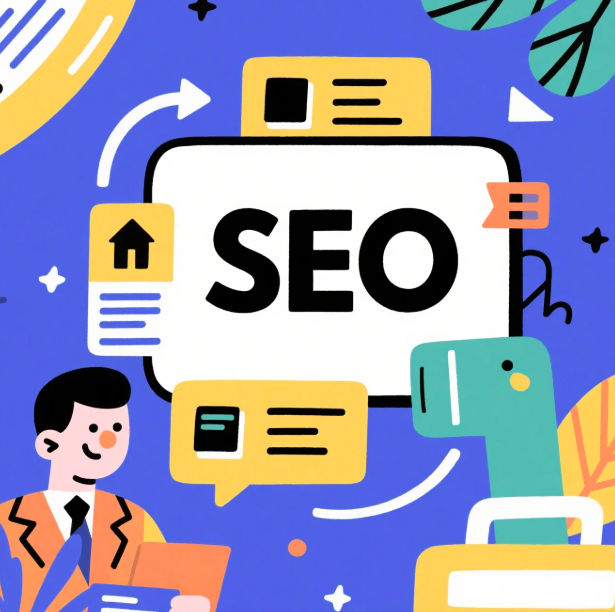Home » In AI-driven SEO, who controls the flow of traffic?

In the era of AI-driven SEO, the question of who truly controls the flow of online traffic has become more complex than ever. Traditional SEO relied heavily on human expertise in keyword placement, backlinks, and meta descriptions. However, with over 90% of online experiences beginning with a search engine, and AI now integrated deeply into ranking algorithms, control is shifting, potentially away from content creators and into the hands of intelligent systems.
Major search engines like Google and Bing have incorporated artificial intelligence to refine their understanding of user intent. Google’s RankBrain, for example, adjusts search results based on behavioral data from millions of users. As a result, AI-driven SEO no longer just interprets keywords—it predicts needs. This prediction is informed by user behavior, device type, and even past browsing history, effectively placing search engines in control of traffic flow.
To adapt, marketers must focus on technical SEO elements that AI favors:
Content remains central, but AI evaluates it differently:
Control in AI-driven SEO is shared among:
While AI decides what gets seen, it is trained on user actions and fed by creator input. This triad forms a dynamic feedback loop where influence is distributed, not centralized.
In conclusion, AI-driven SEO redefines who controls digital visibility. Although search engines possess significant influence through their algorithms, the combined efforts of content creators and the actions of users ultimately determine the patterns of web traffic. The key lies in understanding this balance—and using AI not just as a gatekeeper, but as a guide.
